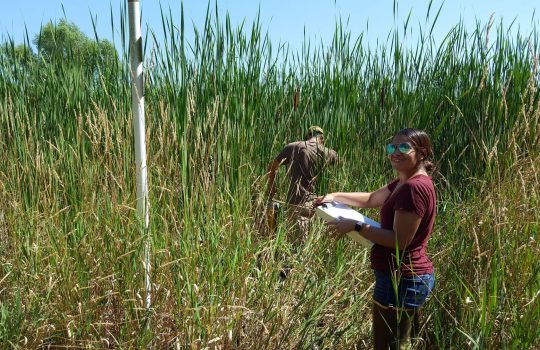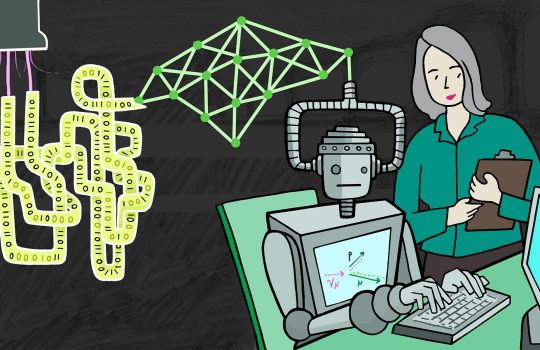Loneliness: Stories about finding friends
From Story Collider, July 27, 2018: Fermilab engineering physicist Cindy Joe is featured in this podcast. She talks about how, as a first-generation college student, she grew up dreaming big in the back of her family’s Chinese restaurant in a small town in Arkansas.



